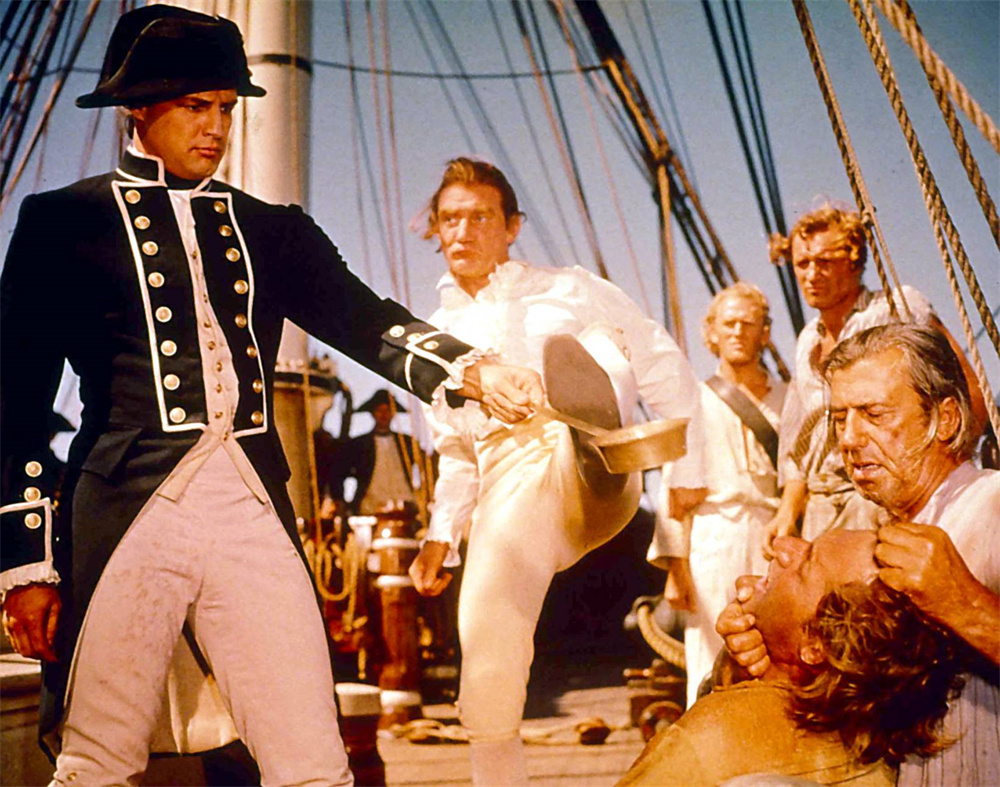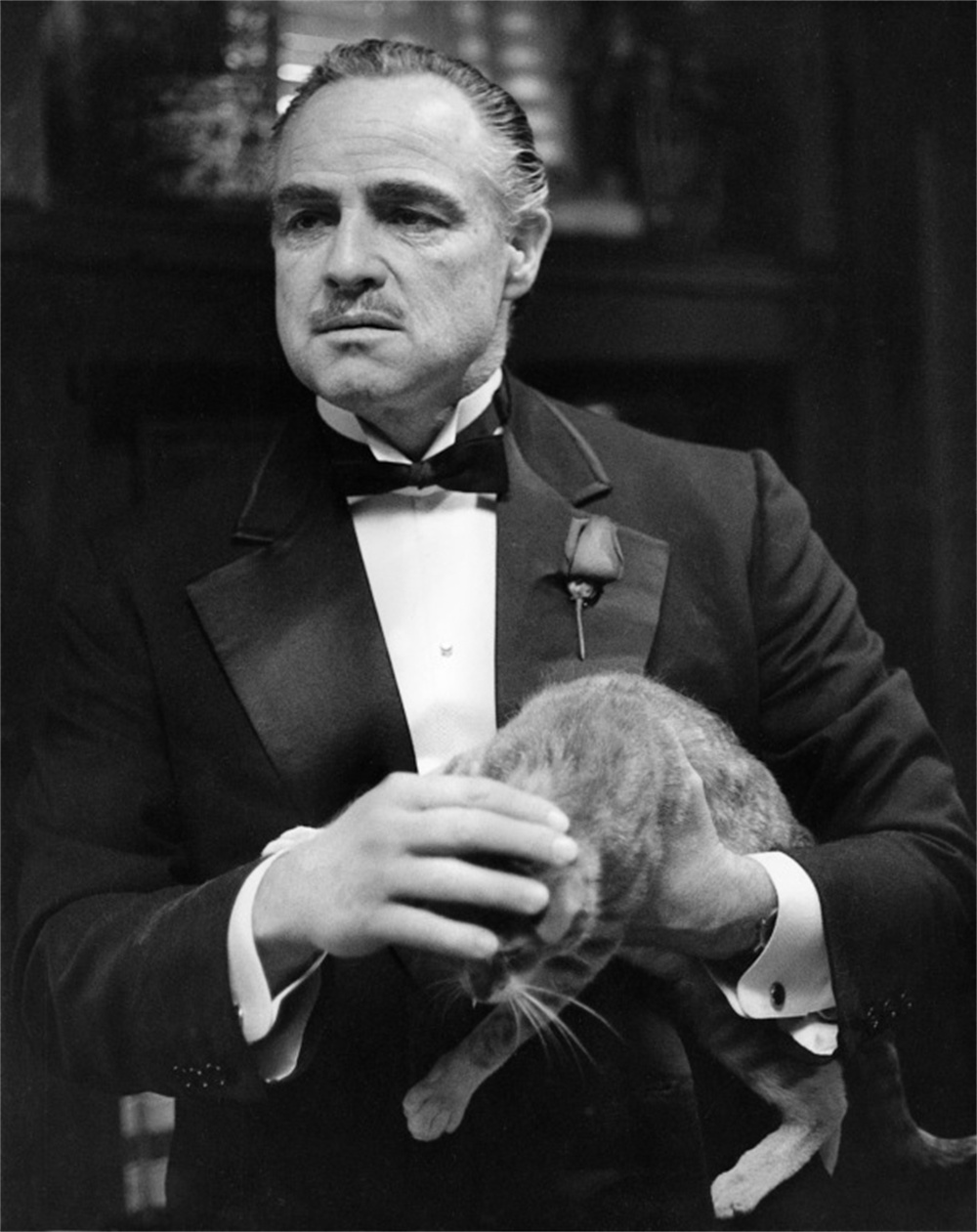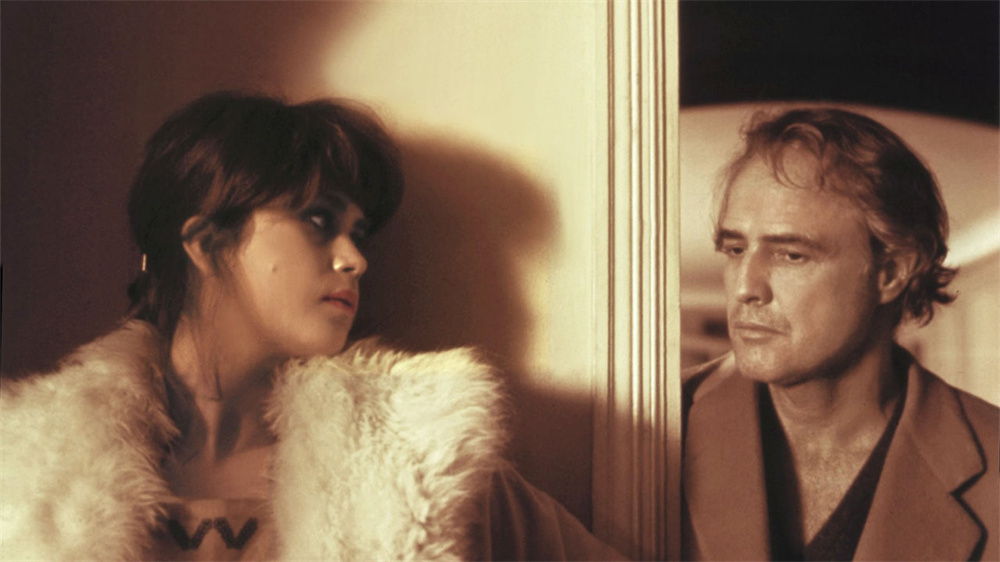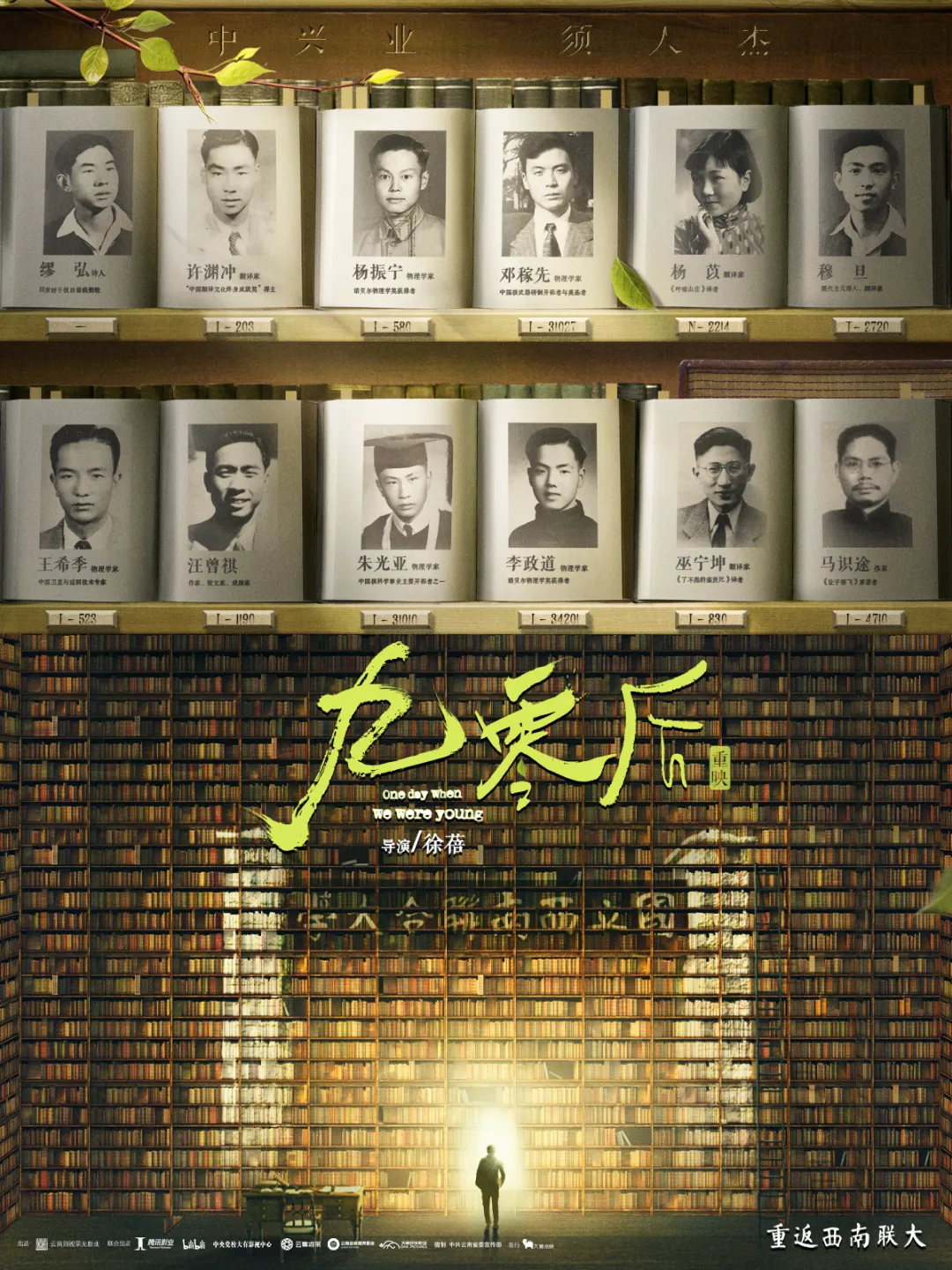
The world-famous actor Marlon Brando was born in Omaha, Nebraska, USA on April 3, 1924. This year coincides with the centenary of his birth, and various themed film festivals will be launched around the world. For example, the Turin Film Festival in Italy has taken the lead in announcing that it will screen all 24 of Brando's masterpieces from November 22 to November 30 this year.
Speaking of Brando's masterpieces, in his more than half-century career as an actor, he has left countless classic works and roles. Regardless of his off-screen image as a drama tyrant who likes to boss around on the set, a romantic playboy, or a failed father who sat back and watched his son shoot his daughter's boyfriend, which ultimately led to her daughter's suicide, nothing can hide his greatness as an actor. of light.
On the occasion of the centenary of his birth, it’s worth taking a look back at the ten most important works of his career. I also hope that at various film festivals held in China this year, audiences will be lucky enough to appreciate Marlon Brando’s unique charm on the big screen.

"A Streetcar Named Desire" (1951)
Stanley Kowalski, a descendant of Polish immigrants played by Marlon Brando, has a hot temper, is vulgar and irritable. He originally lived a peaceful life with his easy-going wife Stella, but unexpectedly his wife's sister Blanche... She came to seek refuge, was well-educated and somewhat neurotic, but she often clashed with Stanley. The relationship between the three of them took a turn for the worse, and tragedy was imminent.
The film is adapted from Tennessee Williams' play of the same name. It was with his outstanding performance of the role of Stanley on the stage that Brando became famous in the entertainment industry, and it was natural for him to star in the film version.
Brando once said: "I am not Stanley Kowalski, I am just the opposite." During his continuous stage performances, he once needed to seek help from a psychiatrist. However, as a disciple of American experiential performance educator Stella Adler, he also tried to find the shadow of Stanley from his own experience. The owner of this shadow is his father, a man he calls a domestic abuser, a prostitute, and an alcoholic.

"The Speedies" (1953)
The film is adapted from real events and tells the story of a US military pilot who lost his job after the war and became a trouble-making and lawless motorcyclist, who was ultimately not tolerated by mainstream society.
Marlon Brando gave the sexiest performance in his acting career in the film. The image of him leaning on a motorcycle while wearing a navy hat, leather jacket, jeans, and work shoes has become a classic fashion icon. image. After the film was released, sales of leather jackets in the United States surged.
The role of Johnny played by Brando has also become a representative of rebellious young people during the period of social value reconstruction after World War II. Compared with moral criticism, "Speed" actually resonated with more young people and triggered a movie-watching craze.
The film's success was beyond Brando's expectations. At the time, he believed it was due to his own "good luck." Years later, he realized that it was because "a social and cultural trend was surging underground. A few years later, it swept through American college campuses and streets like a volcanic eruption" ("The Biography of Marlon Brando" Robert ·Lindsay's citations are from the same source below).

"On the Waterfront" (1954)
In this work that won the Academy Award for Best Picture, Terry, a longshoreman played by Marlon Brando, is threatened by the forces of the underworld on the one hand, and is caught in the struggle between family love and justice on the other.
This film is the third collaboration between Brando and director Elia Kazan after "A Streetcar Named Desire" and "The Legend of Zapata." He is no longer a newcomer and often gives Kazan various opinions on the set. For example, in the famous scene where the two brothers meet each other in a taxi, Brando overturned the original script and improvised it on the spot.
With "On the Waterfront", Brando won the first statuette of his acting career. At the age of 30, he became the youngest Oscar winner for Best Actor at the time. Unfortunately, his little golden statue disappeared first and then ended up on the auction block.

"Guys and Dolls" (1955)
Marlon Brando plays a scumbag who bets girls in this musical. Although the character himself has bad views, it is rare to see him singing and dancing, which breaks his usual cold and evil image. Brando, who thought he couldn't sing, originally didn't want to take on the film, but he couldn't resist director Joseph L. Mankiewicz's insistence on speaking. So he had to learn vocal music from his teacher for a few weeks.
On-screen, Brando had many scenes opposite the famous jazz singer Frank Sinatra; off-screen, the two disliked each other. Sinatra disliked Brando because he kept mumbling and his pronunciation was unclear. In this regard, Brando once explained in his autobiography: "When I played many roles, my pronunciation of each line was clear and unambiguous; when I played other roles, I would mutter in a low voice. The reason for this is Because it fits the way people speak in their daily lives."

"The Fighting Lion" (1958)
In this film, which presents the motivations of participants in "World War II" from the perspective of both warring parties, Marlon Brando plays the Nazi officer Christian. The original novel treated this character in a relatively flat manner, simply as a "symbol of evil", but Brando was not willing to just follow the script.
"I wanted to show that Germans have something to be proud of, just like each of us. Everyone has positive and negative elements, depending on how you look at him. Hitler promoted a fictitious belief: Germany Man is the superior race and the Jews are the inferior race. But it would be equally wrong to reverse this view: there are good and bad Jews, and there are good and bad Germans. I decided to make Christian Dysso an embodiment Human characters—that is, how stubbornly people will turn a blind eye to the negative aspects of their illusory beliefs in order to prevent them from being shattered.”

"Mutiny" (1962)
"Mutiny", which tells the story of the strong-willed first mate Fletcher who resists an authoritarian captain, has been adapted many times in film history. Fletcher, played by Marlon Brando, is obviously the most complex character. He very delicately interpreted how this character initially turned a blind eye to the captain's atrocities, gradually accumulated anger and dissatisfaction, and finally exploded when reaching a critical point.
One of the interesting things behind the scenes of the film is the polar opposite between Marlon Brando's own feelings and the actual filming experience. He recalled in his autobiography, "I spent the happiest time of my life during the filming of "Mutiny"." It is not difficult to understand that the film was shot in Tahiti, which he has always been thinking about. After filming, He could indulge in the embrace of nature, not to mention falling passionately in love with a beautiful Tahitian girl on and off the set, and even bought a nearby island a few years later to enjoy the tranquility away from Hollywood. . On the other hand, after the turmoil of changing directors, the filming progress was greatly slowed down. As a result, MGM invested a lot of money, which eventually led to losses and left Brando with a reputation of being difficult to work with.

"Image of the Golden Eye" (1967)
Among Marlon Brando's many works, this film, whose Chinese name has also been translated as "Forbidden Room", seems to be unknown, but the character who is deeply involved in inner disputes is very challenging.
The film is adapted from the novel of the same name by Carson McCullers, which tells the emotional relationship between five men and women in a closed military camp in the South. Brando and Elizabeth Taylor, who was eight years older than him, played a middle-aged couple. As a closeted homosexual, he watched the men he had a crush on sinking into his wife's body one after another.
Brando has long been considered the embodiment of masculinity, but his role as Captain Pendant in "Reflections in the Golden Eye" was the biggest challenge to that symbol in his career.
Just a year before the film was released, Brando's good friend Montgomery Clift died of a heart attack at the age of 46. But in Brando's autobiography, he apparently attributed Clift's death to alcoholism and overdose of sleeping pills; the deeper cause lay in his sexual orientation. "I think he was struck down by this problem...I know he was carrying a heavy psychological baggage and he never learned how to let it go."

The Godfather (1972)
There is no doubt that Marlon Brando is the perfect choice to play the mafia boss Don Corleone.
The original author Mario Puzo sent him a copy of the novel as soon as it was published, suggesting that he consider the role; after Francis Coppola was confirmed as the director of the film, he also expressed the hope that Brando would play the role. However, the producer Paramount believed that Brando, who was 47 years old at the time, was too young and proposed to audition first. Although Brando felt humiliated, he still agreed. He had an idea during the audition and came up with the idea of stuffing tissues on both sides of his cheeks to make himself look older. Later, he also used this modification in actual shooting.
Marlon Brando won his second Oscar for his role as Don Corleone. However, he did not go to the awards ceremony himself. Instead, he asked Indian actress Sachin Little Feather to go on stage for him and read a statement, saying that he refused to receive the award because of the long-term misunderstanding and persecution of Indians in the film industry and American society. Awards. At that time, Xiaoyu's speech caused boos from the audience. 50 years later, in 2022, the Academy of Motion Picture Arts and Sciences, the organizer of the Oscars, issued a belated apology to her.
Not only did he speak for Indians, Brando remained on the side of the oppressed throughout his life. When he first entered the industry, he was aggrieved by Hollywood's exclusion of Jewish actors; in the 1960s, he followed in the footsteps of Martin Luther King and campaigned for the black civil rights movement; in the 1970s, he participated in protests by American Indians demanding that the government return their land. The event also provided asylum to wanted Indian leader Dennis Banks.

"Last Tango in Paris" (1972)
Compared to "The Godfather," which was released in the same year, Marlon Brando seemed to have spent more energy on the filming of "Last Tango in Paris." The film tells the story of a middle-aged man, Paul, who suffered psychological torture because his wife cheated and committed suicide. After encountering a young girl, Jeanne, he concealed his identity and maintained a distant relationship with her, but was eventually abandoned by the latter.
Although "Last Tango in Paris" is regarded as a film history classic like "The Godfather", the actress who played Jeanne, Maria Schneider, later accused directors Bertolucci and Brando of temporarily adding a scene that used butter. The erotic drama caused her to be mentally traumatized, which brought a certain stain on the work itself.
On the other hand, after Brando saw the finished film, he also blamed director Bertolucci for ignoring his personal will to protect his privacy and gradually inducing him to expose his too true emotions, which made him exhausted mentally and physically. In Brando's mind, this movie always "doesn't live up to its reputation."

Apocalypse Now (1979)
In this masterpiece, which is a metaphor for the direction of modern civilization, Captain Kurtz, played by Marlon Brando, was once a hero of the US military in the Vietnam War, but he established an independent kingdom deep in the jungles of Southeast Asia to fight against his former comrades.
Although the film is based on Joseph Conrad's original work "Heart of Darkness", and Coppola also put a lot of thought into the adaptation, Brando initially thought it was "super stupid" when he saw the script, so he began to The character of Ertz underwent drastic changes, such as a bald head, a hoarse voice, and a half-dark figure.
Some Coppola accepted, some not - Kurtz's impromptu monologue before his death, for example, was originally 45 minutes long. What is certain is that by the time the film was completed, the relationship between Brando and Coppola was completely broken, with Coppola blaming Brando for the serious delays in filming and significant cost overruns.


